CRAFT A SUSTAINABLE WORKPLACE
5 steps to create a sustainable office pantry.


5 steps to create a sustainable office pantry.

Purpose-driven employment is a huge factor in today's job market, with sustainability being one of the top priorities on the list. The workplace is no longer just a place to work — it's a strategic tool in employee recruitment and retention where employees want to see their values reflected.
A recent IBM study reported:
of employees say office sustainability programs make companies more appealing. of employees say they are more likely to apply for a job with a company they consider socially responsible. of employees say that sustainable companies are more attractive employers. of employees say they want to see their employers take action on social responsibility issues.
Employees are not the only ones prioritizing sustainability. McKinsey & Company recently reported that 53% of chief investment officers identified a sustainable competitive advantage a key factor in deciding whether to buy or hold a financially healthy company. Sustainability is not just a fleeting trend, but a robust executive-level strategy. Adopting
sustainable practices within your workplace experience, and more specifically within your food and beverage program, is a way to hit both audiences. The challenge is building value-rich food and beverage program without costing a fortune.
Many companies are falling into the trap of the "Perk Paradox" — a term we use to encapsulate the clash between a company's need to create a vibrant, attractive and valuecentric workplace alongside stringent budgetary constraints. Organizations have implemented cost-cutting measures, often cutting back on value-based initiatives such as sustainability or diversifying the food and beverage program, that inadvertently compromise the quality of the employee experience.
This misalignment manifests in generic and disconnected programs that are not attractive to employees and reflect a failure to adequately invest in programs with the largest return on investment (ROI). Crafty's approach best positions leading companies to balance their needs by leveraging sustainable products and technological efficiencies to deliver costefficient food and beverage programs rich in variety, personalized, and aligned with dietary preferences and sustainable values.
Capgemini Research Institute discovered that 50% of organizations believed technology is the key to accomplishing sustainability goals,
which holds true for F&B programs. Crafting a sustainable pantry program is not about spending more—it's about spending wisely.
The goal is to minimize as much waste as possible while still delivering a high-quality experience. To do this, you need the tools to order thoughtfully, spend responsibly and adjust accordingly so employees can feel good about treating themselves in the workplace.
This report explores Crafty's data-backed insights on creating sustainable food and beverage programs that fuel your team.
Nathan Rosenstock CEO & Co-Founder at Crafty
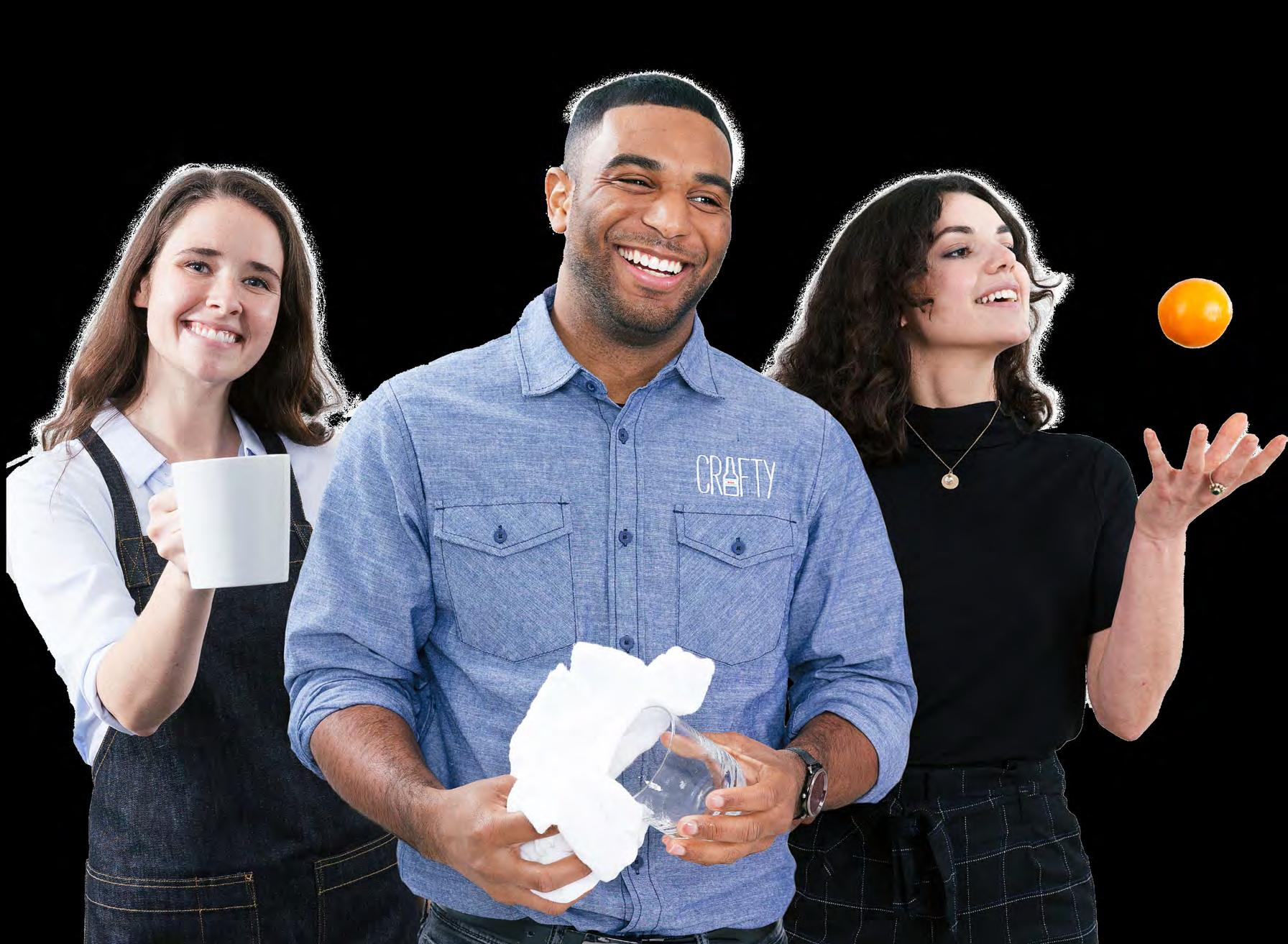
Investing in sustainability is not just important to employees. It's crucial for long-term business success. The World Economic Forum reported that investment in environmental change tripled in 2023. This shift was driven by growing awareness among business leaders of the significant returns on investment sustainability initiatives could yield.
Companies are seeing how climate change is resulting in the rising costs of goods and are making swaps now to minimize future disruptions. A recent Gartner study found that 80% of business leaders see sustainability programs as a way to help their organizations optimize operations and reduce costs.
When it comes to creating a sustainable office pantry, most tend to focus on swapping out physical goods for eco-friendly options. This is part of the strategy, but not all of it. You can gain more efficiency by adopting robust technology.
Capgemini Research Institute said that investing in streamlined tools can drive more cost efficiencies while considerably reducing greenhouse gas emissions and energy consumption.







Technology centralizes data to...
automate and streamline efforts to...
minimize product waste to...
4 Craft a Sustainable Workplace
save money and align spend to...
feature more sustainable options to...
craft a better workplace!
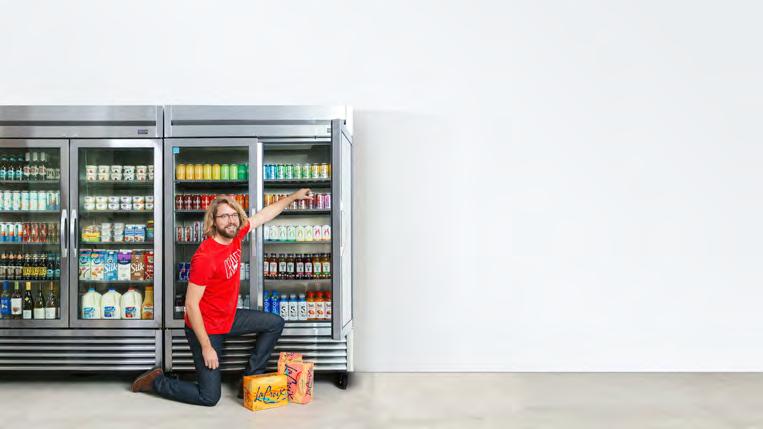
STEP 1
Consolidate Orders
STEP 2
Streamline Inventory
STEP 3
Swap Equipment
STEP 4
Choose Better Products
STEP 5
Add On Programs
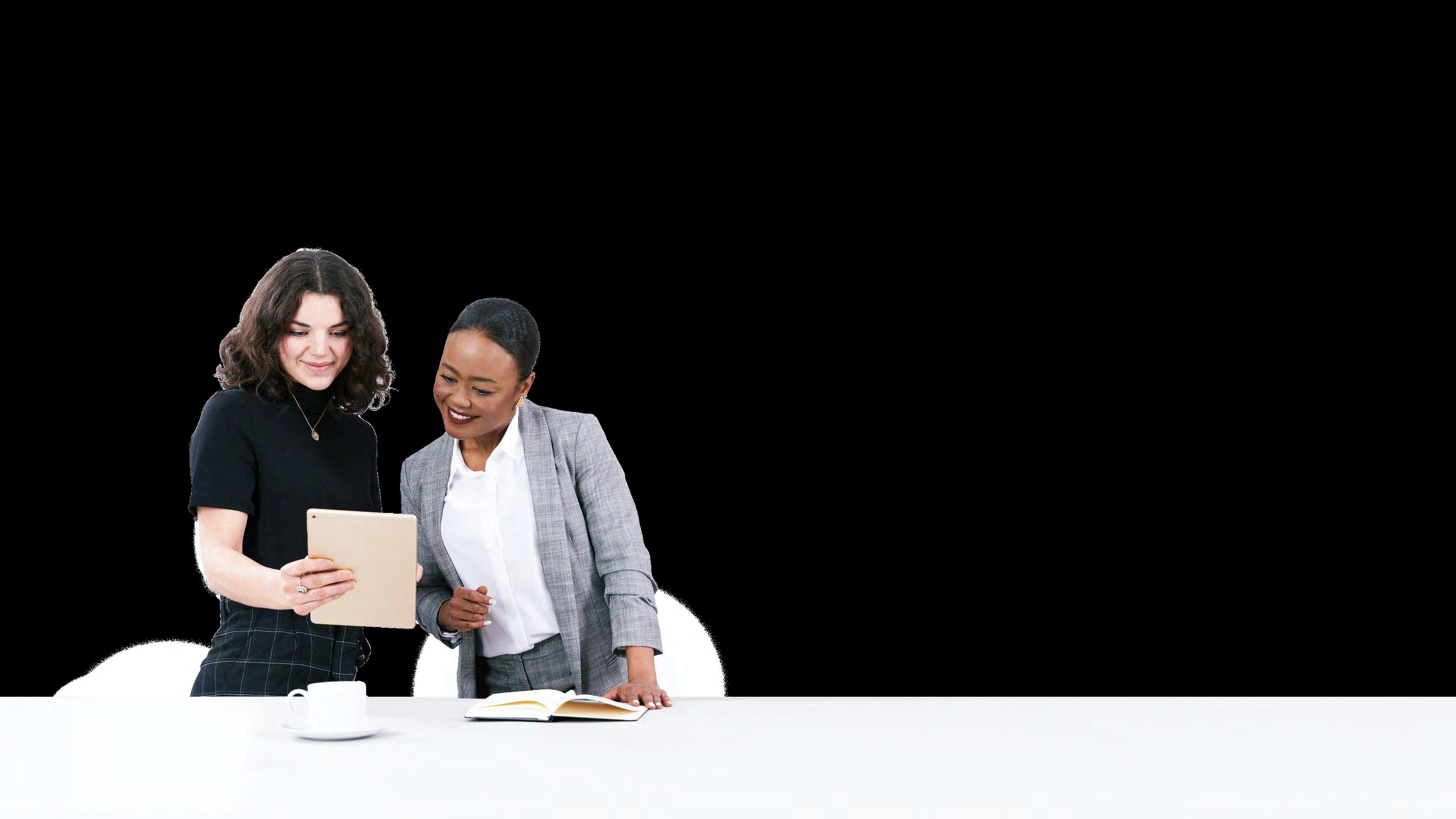
Online marketplaces may be convenient, but this ordering style, especially in bulk, can have a devastating result.
Not only do products come from separate fulfillment centers, but each order and even product, can be packed separately. The approach has a snowball effect when it comes to waste. Each box, of course, has its own box, plus packing material and tape. Orders are also shipped separately, which is another can of worms when assessing environmental impact.
Top workplaces reduce this waste across their locations by centralizing their program management. Companies like Crafty allow workplaces to manage multiple locations via a central platform while leveraging local fulfillment partners to minimize the impact of long-distance shipping and additional packaging.
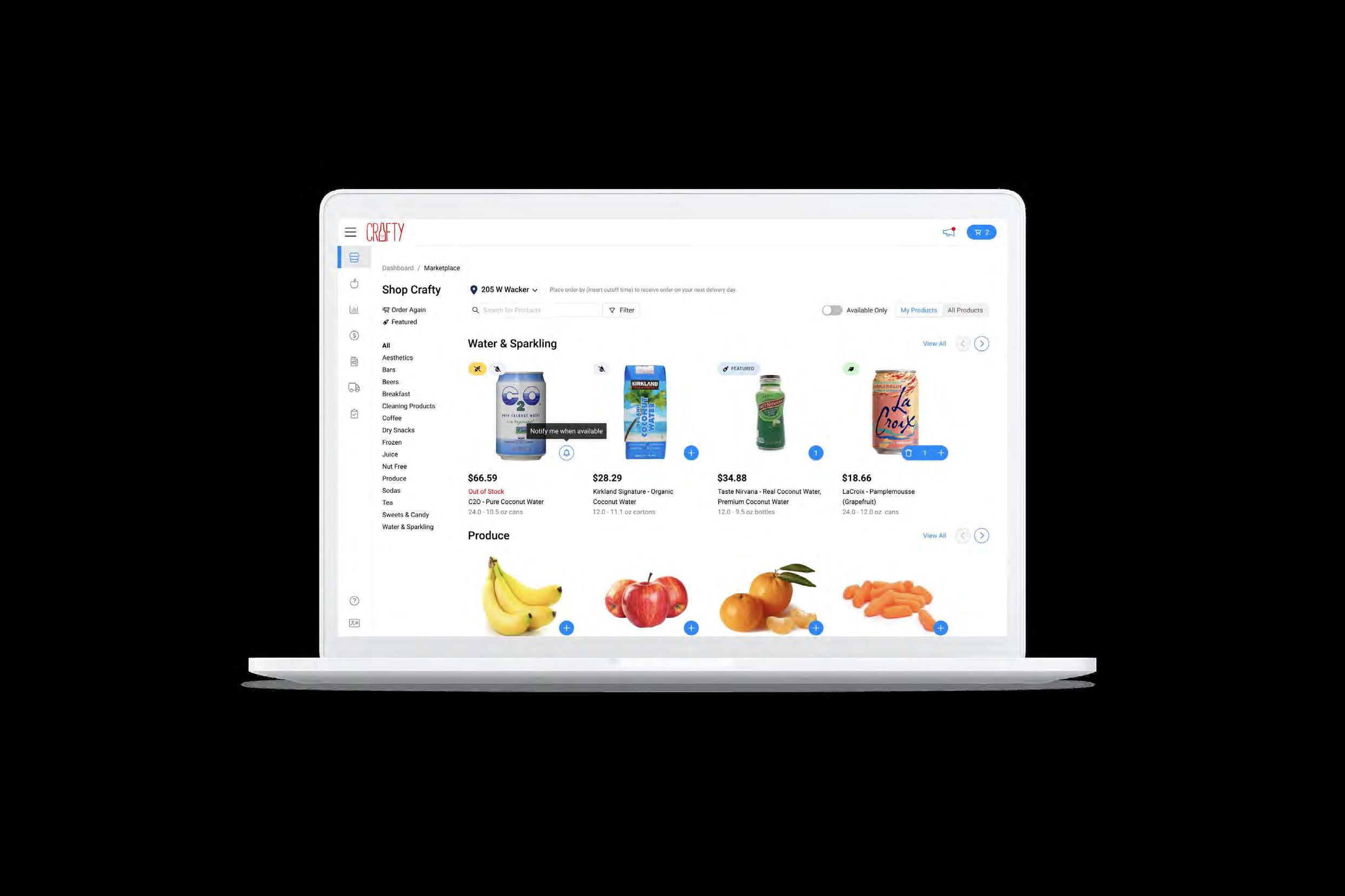
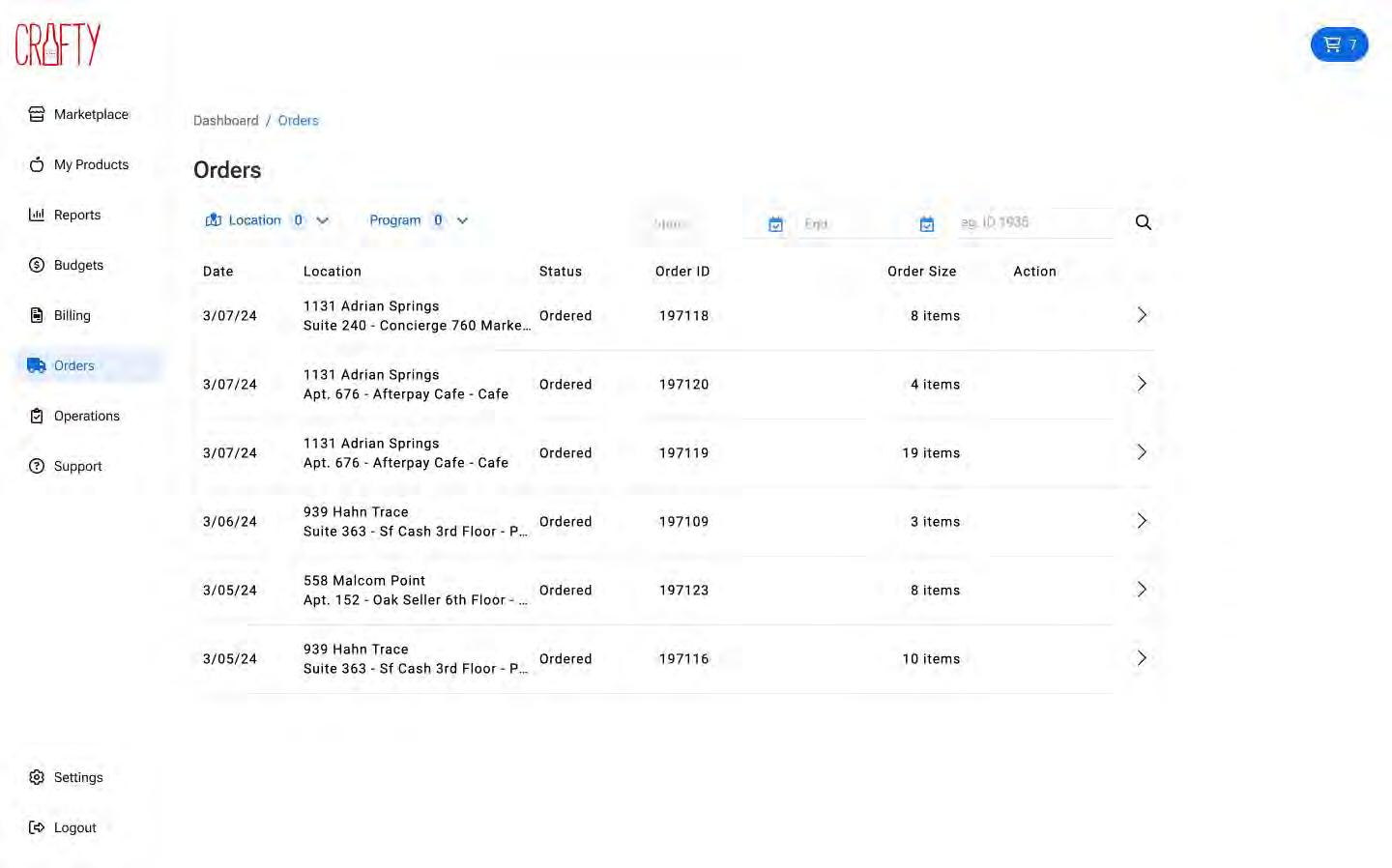

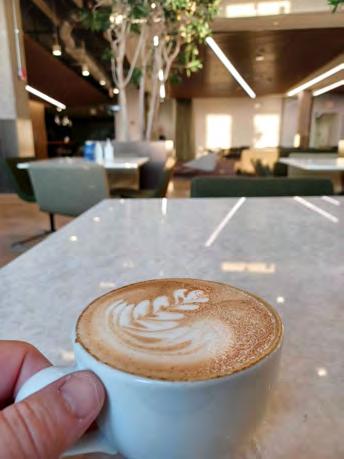
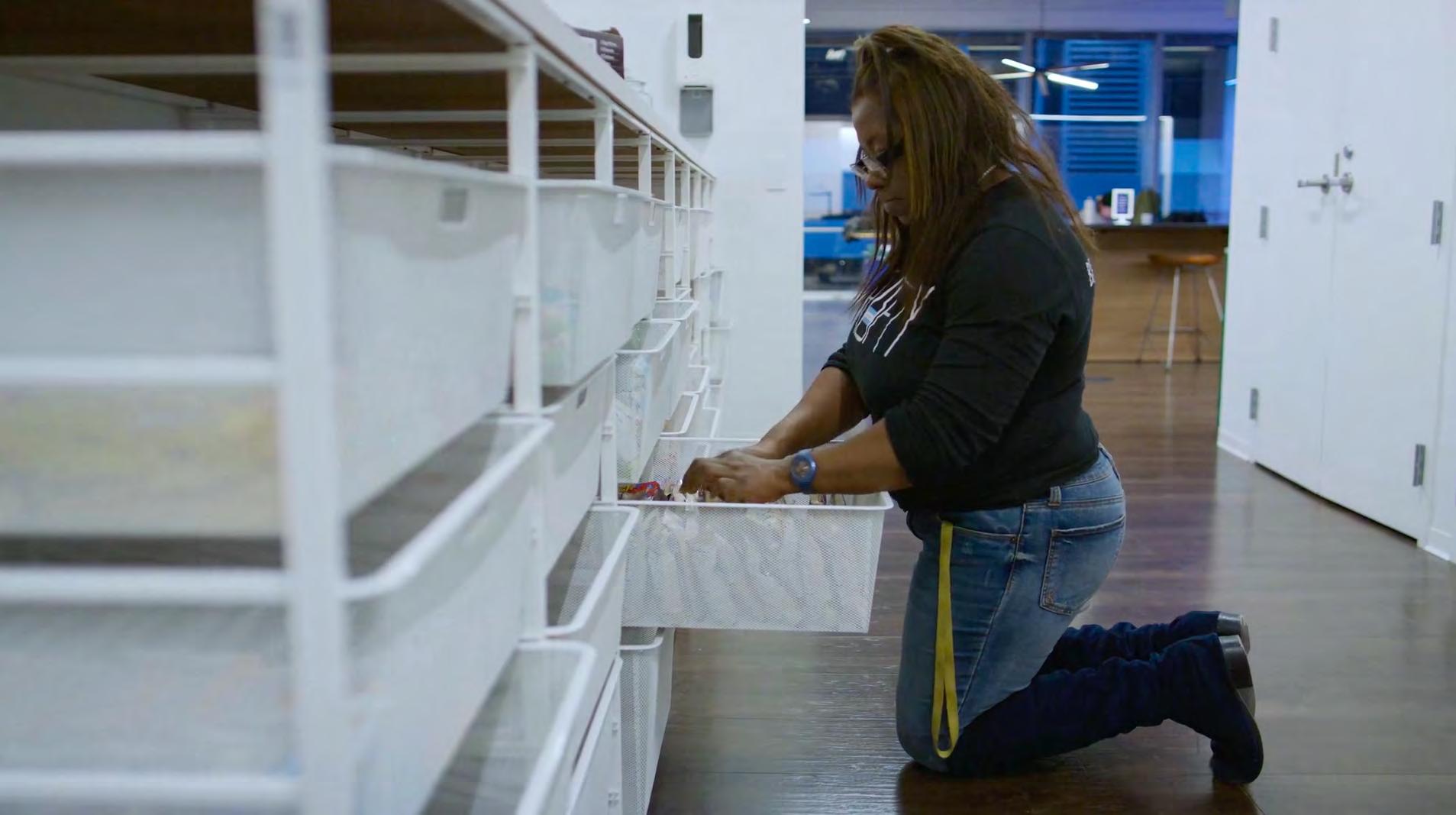

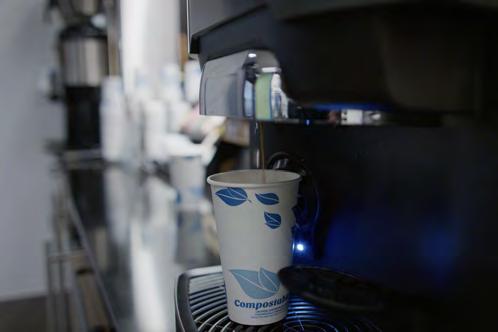
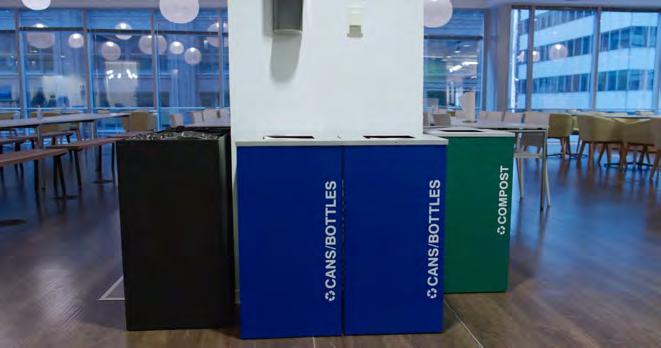



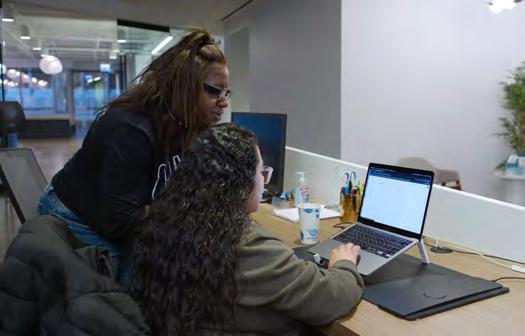


Overstocking negatively impacts a company's budget and can come at a cost to the environment. Leading workplace teams use technology to minimize waste across their food and beverage program to deliver a thoughtful experience while reducing the impact of food waste.
Let’s unpack some interesting facts about food waste:
one-third
Roughly of all food produced is wasted, which accounts for 1.3 billion tons and could feed 3 billion people.
4.4 gigatonnes
Food loss and waste account for about of greenhouse gas emissions annually.

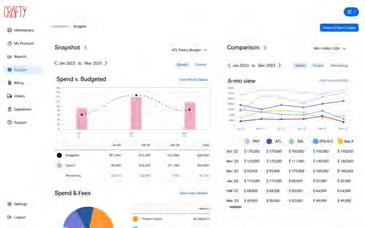
Use historical spending data to predict consumption . spikes and dips
21% of freshwater, 19% of fertilizers, 18% of cropland and 21% of landfill volume
Food waste uses up to when you take into account all resources.
Companies are more likely to over-order when they don't have clear visibility into what and how much their employees consume. This results in stockrooms full of inventory that sits until it expires and is eventually thrown out.
Robust reporting found in the Crafty Platform enables companies to closely manage their inventory and funnel their spend into high-performing products or allocate the appropriate spend at the right time.
9 Craft a Sustainable Workplace
Use categor y data to allocate spend toward the . most consumed categories



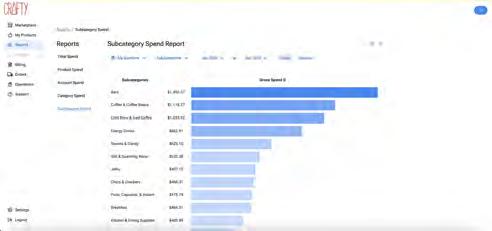
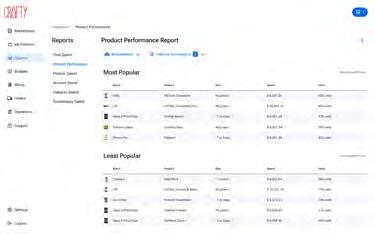
Use product ormance reports to identify . ortunities for uct swaps
Robust reporting enables workplace teams to order the right products but doesn't solve the issue of how much to order and when. Most online marketplaces allow recurring orders, but they don't take into account the existing inventory before the order gets placed. On the other side, archaic national food vendors have eye-balled inventory for decades, resulting in inconsistent and chaotic orders with no central place to manage products.
Smart automation within the Crafty Platform simplifies reordering using Periodic Automatic Replacement (PAR) levels. This pulls from the Goldilocks playbook, using minimum thresholds that react to the ebbs and flows of your workplace consumption, reducing waste, keeping spending on track and ensuring inventory is just right.




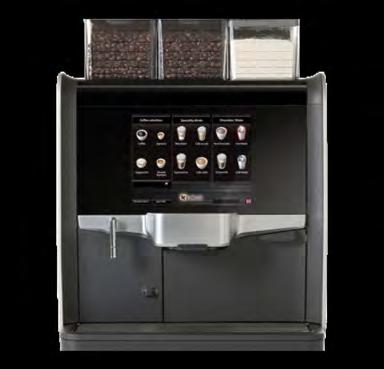
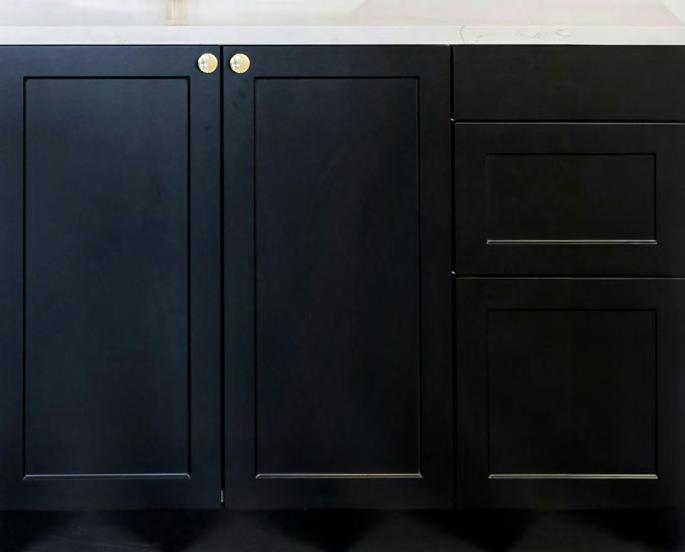

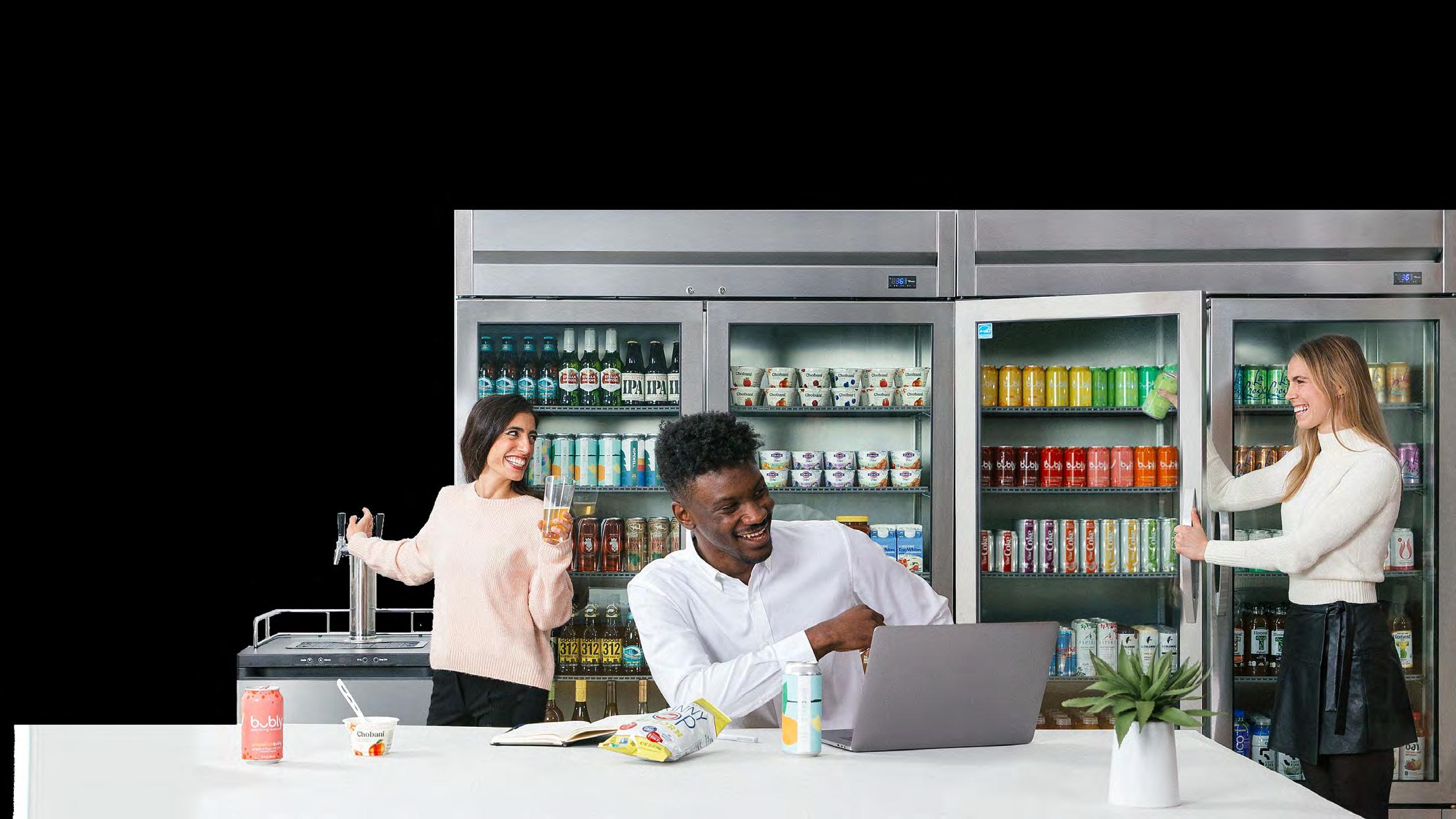
Getting rid of plastic bottles and aluminum cans isn't easy. On one hand, you want to have single-serve options for flavor variety, convenience and, of course, sanitary reasons. On the other hand, bulk products are cheaper and more sustainable.
Investing in the right hydration equipment is a great way to get the best of both worlds. Water machines like Bevi have still, sparkling and flavored options. They are a great way to save thousands of plastic bottles and aluminum cans. You can give employees the power of personalization, save money and minimize your environmental impact.
According to Crafty data across 300+ offices...
1.7M Plastic bottles have been saved across Crafty clients in the last year.
47% Increase in Bevi machine refills compared to last year.

Unsweetened Peach Mango was the top Bevi flavor in 2023.
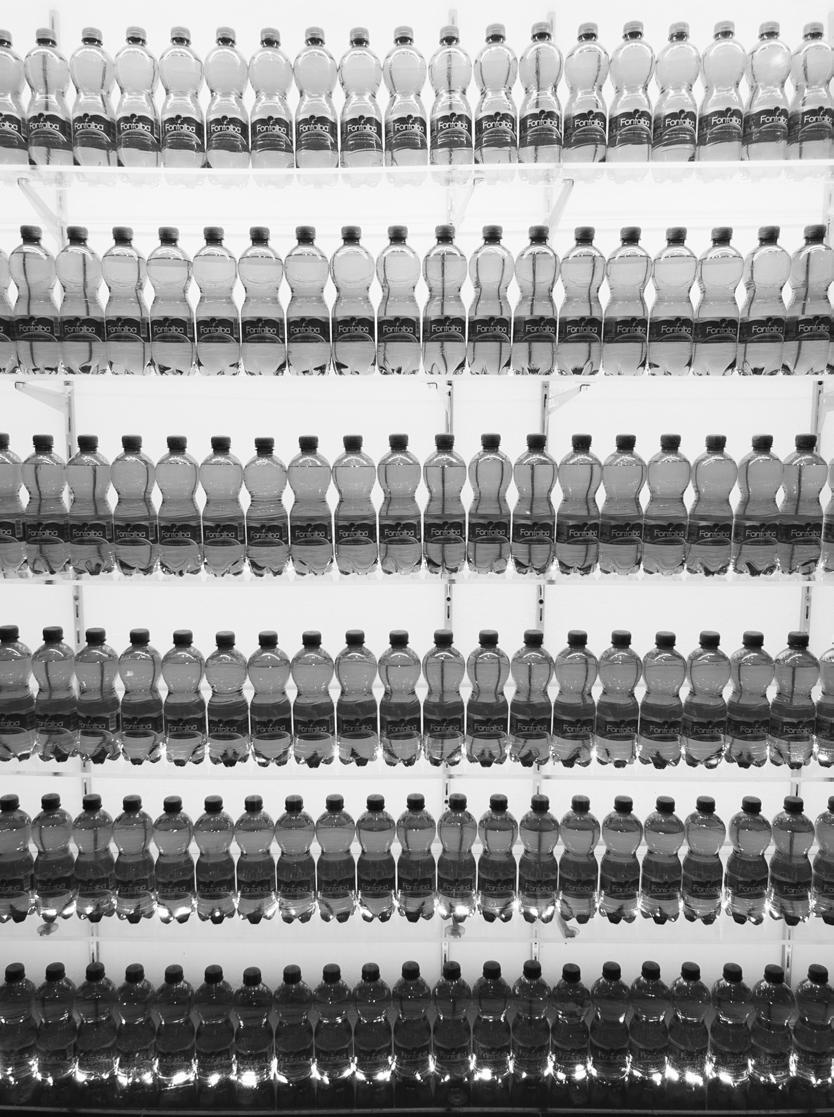
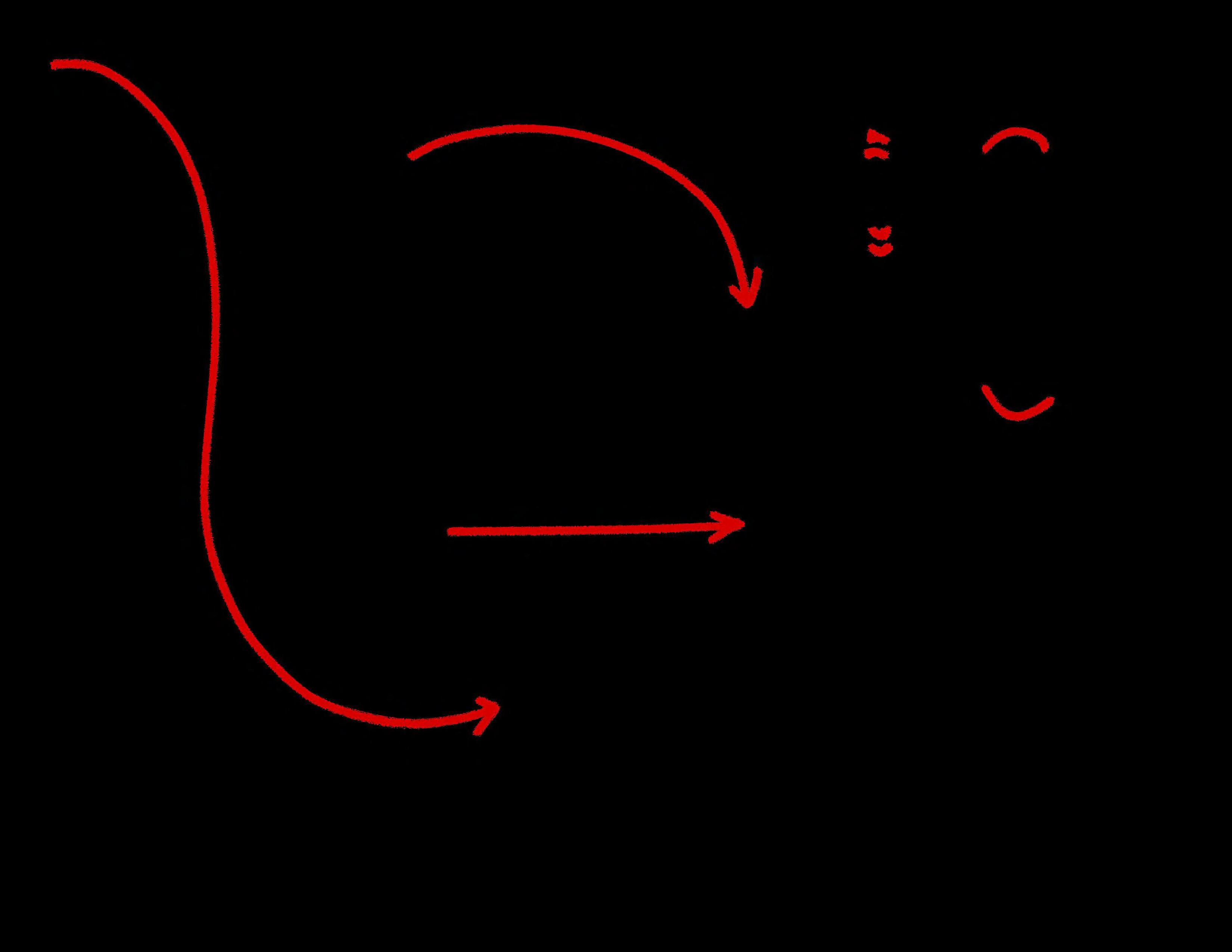
Bevi is an intelligent water machine that allows employees to personalize their H2O with their ideal carbonation, flavorings and enhancements so they can sip sustainably.
Bevi machines are a dream because a backstock of unpopular flavors is not only a waste of trash but also a waste of money. You can easily switch up your flavor offerings without negatively impacting the environment. Plus, this can free up valuable real estate in your fridge while having the still and sparkling water options your employees love.
These machines can pour around 90 glasses per hour and save 50,000+ bottles or cans annually, saving workplace teams thousands of dollars in sparkling and flavored water inventory.
Investing in a Bevi puts sustainability at the forefront of office culture. It shows your employees' impact on the environment by displaying how many bottles and cans your employees are saving in real-time while also encouraging more environmentally friendly behavior among your employees.
Bevi is an excellent option for top workplaces to ensure they stay on budget or for those
looking to free up some dollars for other areas of their food and beverage program.
Let's crunch the numbers…
Save $3,195/year
Save $5,509/year
Save $15,673/year
Save $25,837/year
75-Person Office: 100-Person Office: 200-Person Office: 300-Person Office: 500-Person Office:
Save $41,965/year
Let Crafty crunch your numbers!
Contact us

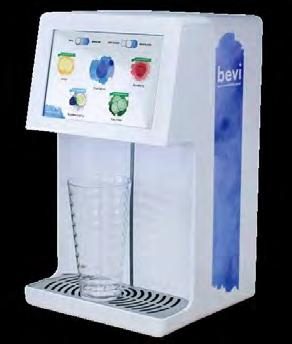
According to Crafty data across 300+ offices... When an office switches to a keg, they can save upwards of per keg.
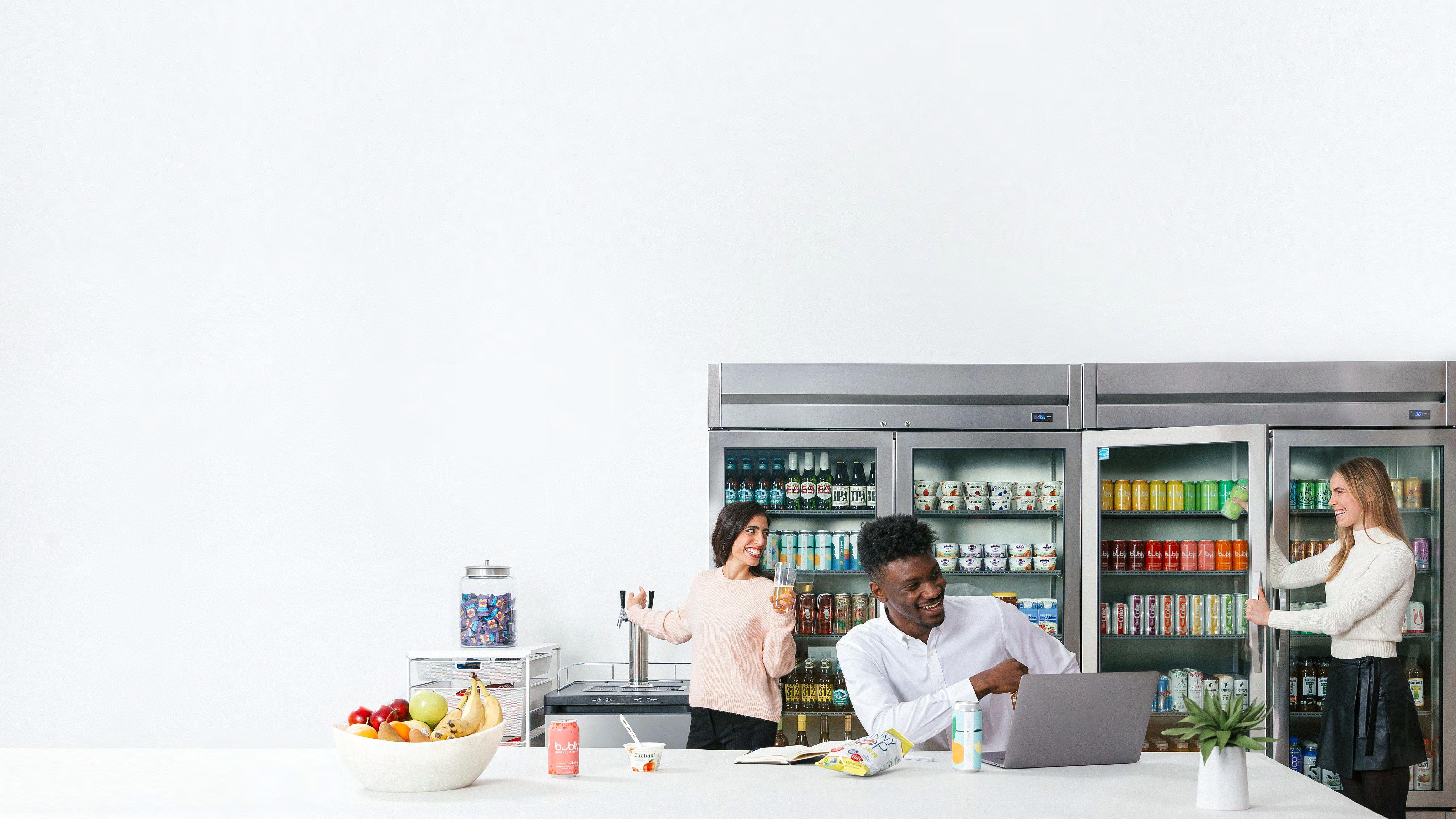
In 2023, Crafty clients saved cold brew cans in Chicago alone.
63,960 Big Shoulders Cold Brew
is a Crafty favorite. 82 8oz cans or bottles

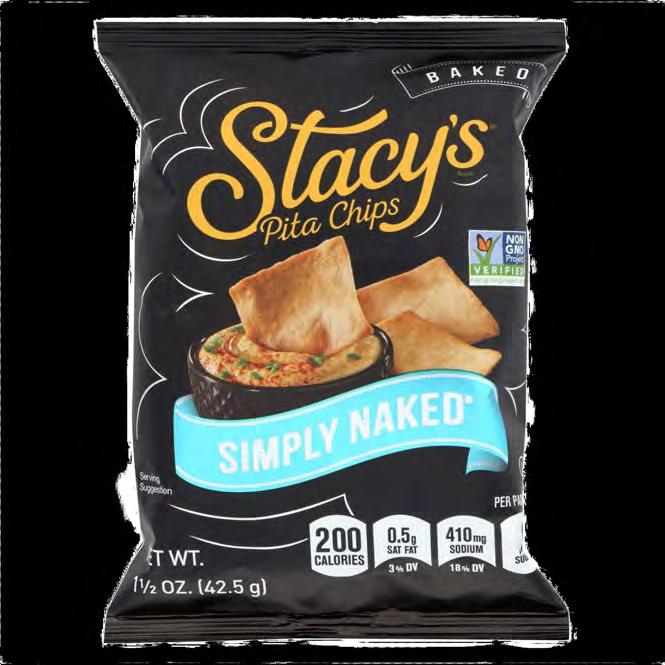
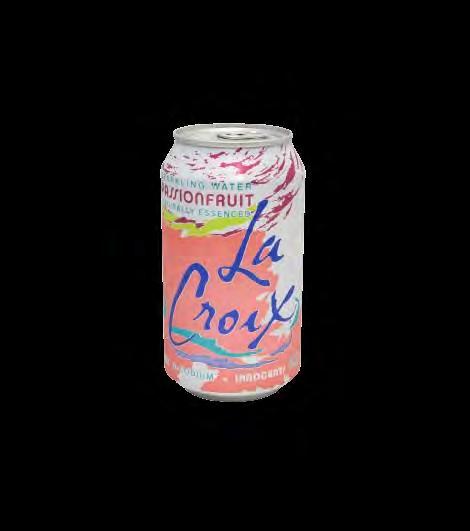

Food and beverage brands are utilizing sustainable practices to put their money where their mouth is. These brands focus on ingredient sourcing, creating eco-friendly packaging, evolving business practices and more.
Often, workplaces already opt for these brands but are unaware of how they align in more than just taste. Crafty saw this as an opportunity to evolve by adding simple product filters to the Crafty Platform. This enables workplace teams to take advantage of existing alignments while making it easier to find new products within the digital product marketplace.









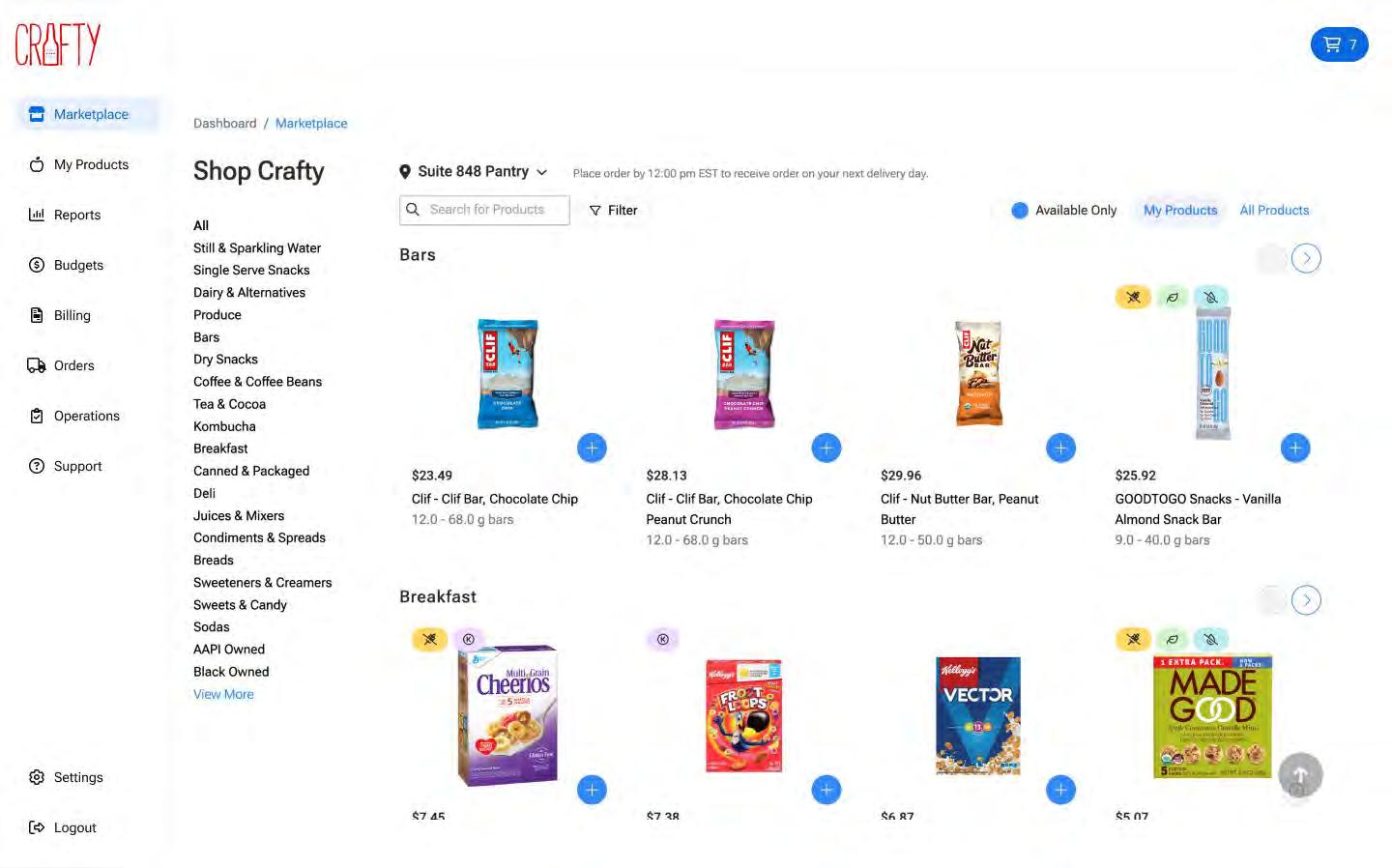
One way Crafty is encouraging workplace teams to make their office pantry more sustainable is by filling it with products that are plant-based or dairy-free to minimize their carbon footprint.
Diet choices significantly impact climate heating conditions, water pollution and land use. Making simple switches can yield great results.
Year-over-year growth of plant-based categories across Crafty clients:
Candy: ↑8,300%
Bars: ↑147%
Bread: ↑132%
Breakfast: ↑127%
Spreads: ↑82%

One study showed that than meat and dairy-based diets.
Another Oxford study found that a glass of than non-dairy milk. plantbased diets show 75% less environmental impact dairy milk produces almost 3x more greenhouse gases
The plant-based food market is set to triple and reach around $35.9 billion by 2033. Plant-based milk has long been popular option, but we are now seeing more plantbased products take over other categories across Crafty's client base.
Milk: ↑43%
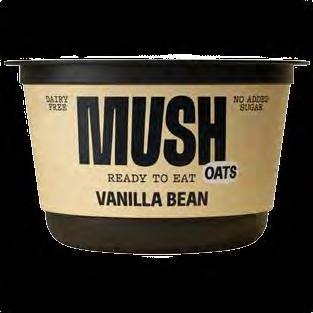
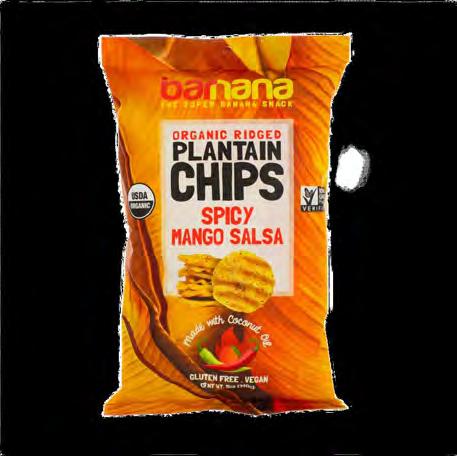



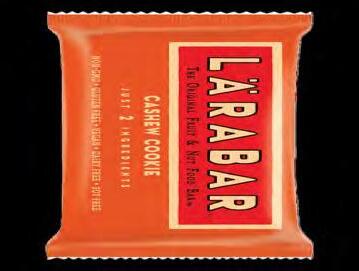
Plastic makes up about 52% of all consumer packaging worldwide. When brands make the switch to compostable plastics, they can decrease their carbon footprint by 42%.
In recent years, Crafty has seen many workplaces lead with compostable products, specifically with office kitchen supplies such as plates, cups and utensils. This trend is expected to continue, with the worldwide compostable plastic market projected to grow at a CAGR of 15.5%, reaching $5.51 billion by 2031.

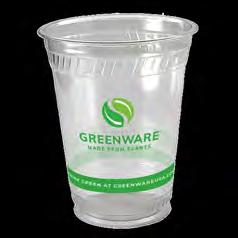

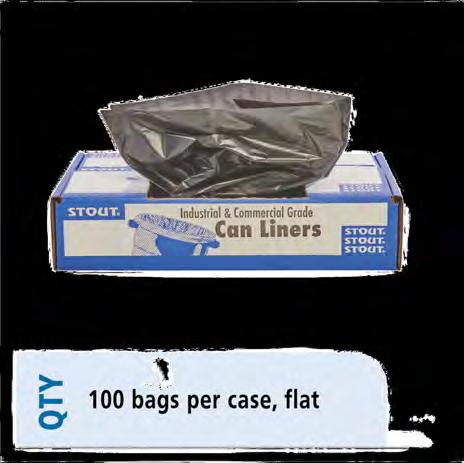
Compostable office kitchen and pantry supply units increased by 68% across Crafty clients in 2023.

Searching for sustainable brands can be time-consuming if you have to dig into each website to get an idea of their practices. Crafty's "B-Corp” tag within the platform's digital marketplace and inventory center is a great way to find these alignments quickly.
This certification shows "companies verified by B Lab to meet high social and environmental performance standards, transparency and accountability. The B Impact Assessment evaluates a company's practices and outputs across five categories: governance, workers, community, the environment and customers."
For example, brands such as Clif Bar have a "traceability program to make sure 76% of all ingredients are organic or certified sustainable, diverting 90% of waste from landfills from its headquarters and bakeries and aiming to achieve 100% on renewable energy to power its facilities."

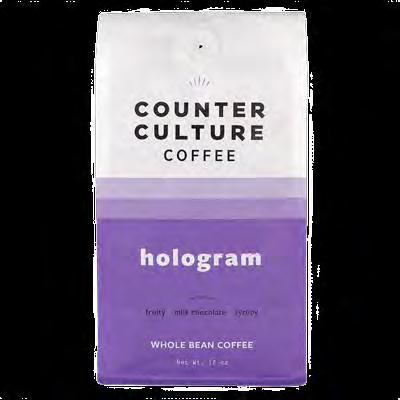
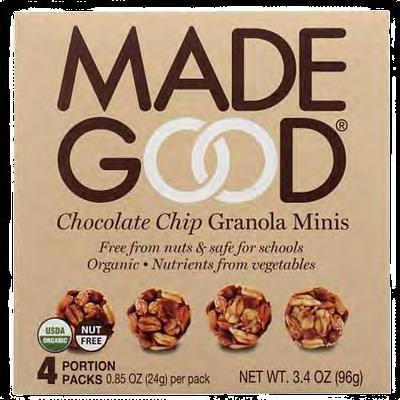

↑104% increase in units from B-Corp brands across Crafty clients compared to last year

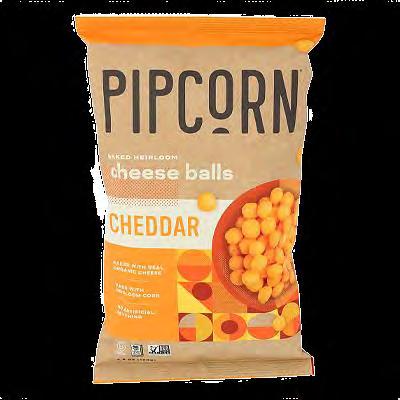
Since the brand's launch in 2004, GoMacro has grown from selling MacroBars in local food co-ops to making plant-based nutrition bars accessible nationwide. GoMacro has headquarters in Viola, Wisconsin, where they produce MacroBars with highquality ingredients. The success of GoMacro has only fueled the founder's passion for spreading awareness to the world about the benefits of balanced, plant-based living. Check out the company's sustainability achievements:
Operations are powered by 100% renewable solar and wind energy.
GoMacro keeps waste out of landfills through recycling and upcycling programs.
286,500lbs Upcycled
2,866,000 trays were upcycled in 2020.
GoMacro utilizes sustainable shipping and shared transport.
66,000 Trees Planted
GoMacro funds the planting of trees to offset carbon emissions .
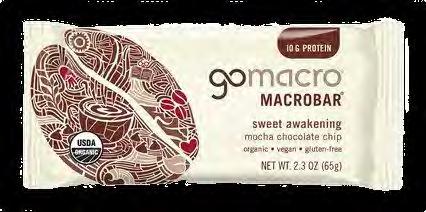
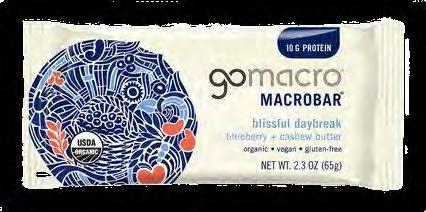

You've probably witnessed someone in your office chucking a soda can or pizza box into the general trash bin. Bloomberg recently discovered that Americans throw 76% of their recyclables into the trash, and that’s not our only problem.
According to the Environmental Protection Agency, Americans can recycle at least 75% of household waste. The proper materials must be separated to be fed into the correct recycling process to recycle effectively. When we don't sort materials, many recyclable materials can end up in landfills or be incinerated, taking valuable resources away.
Workplaces have an opportunity to educate employees on how vital recycling and waste sorting is. Crafty partners with Terracycle, the disposal company that has been inventing new ways to recycle and reuse garbage for more than 20 years. Here’s how it works:

Fill up your Terracycle box with all your items.
Ship it to Terracycle to get processed.
They will use their tech to sort the goods.
The sorted items will get processed correctly.
They are cleaned up and shipped off.
This new raw material is used to make stuff!
Thanks to TerraCycle, once-discarded snack wrappers, coffee pods, cutlery and more can now be repurposed into raw materials to make new products, such as park benches, flooring tiles, garden beds and more. The company has lowered environmental impacts across eight major categories.
7,225,040,939 items recycled across Terracycle users
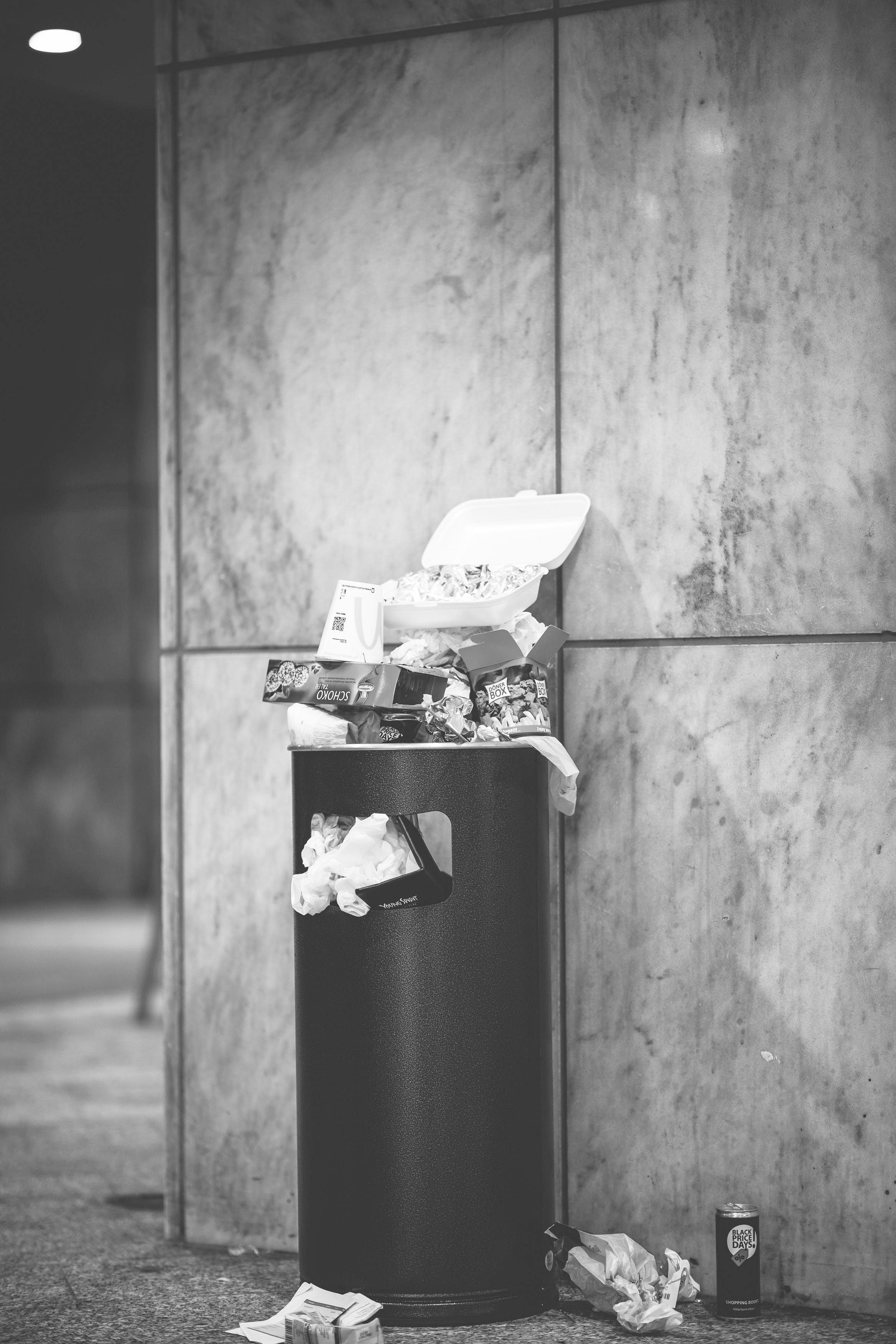



 Alexis
Alexis
“Composting is a positive step towards sustainability and it's become ingrained in our office culture. It also fosters a sense of community and shared responsibility among team members.
Shimcoski People Operations Manager at Crafty
Establishing a relationship with a local composting company can enhance your effort. Crafty partners with The rban Canopy Composting Club!
Making composting convenient by placing bins in multiple areas throughout the office.
Displaying clear signage on what is and isn’t compostable.






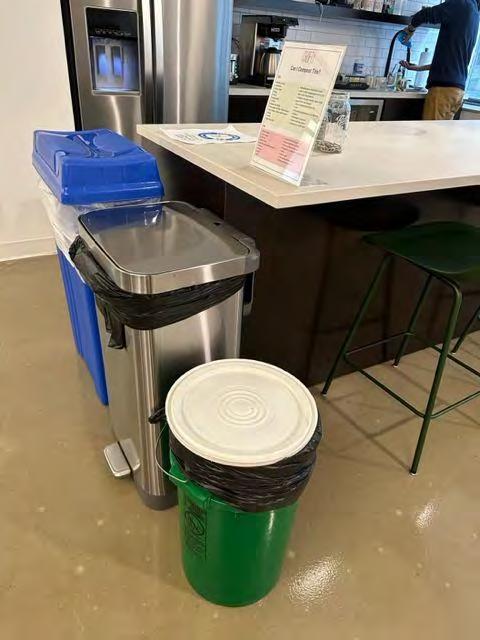



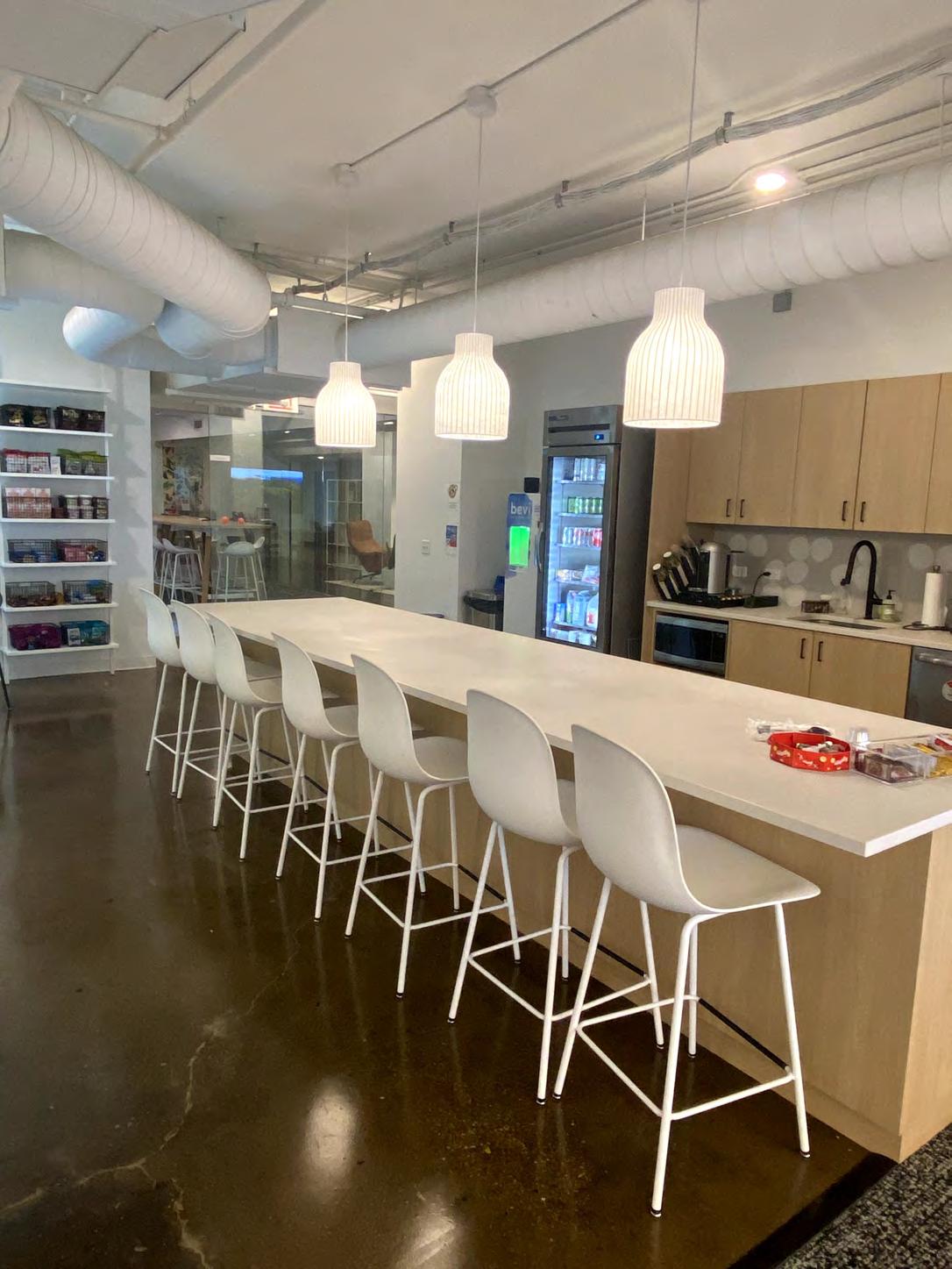

Awareness about the damage common behaviors have on the environment is on the rise. More and more companies and individuals are open to changing their lives to keep the planet spinning. Aside from the obvious perk of saving the world, implementing green practices can also save money, increase employee engagement and make companies more attractive to work for and with.
Key takeaways to craft a sustainable workplace:
Invest in smarter equipment and programs aligned with what your employees are consuming.
Align your product selection with brands committed to sustainable initiatives like yours.
Streamline your operations to reduce waste with powerful technology platforms (like Crafty ).
Make sense of the rapidly evolving hybrid work model and leverage Crafty data to arm workplace teams with what they need to build thriving culture.
Access Now
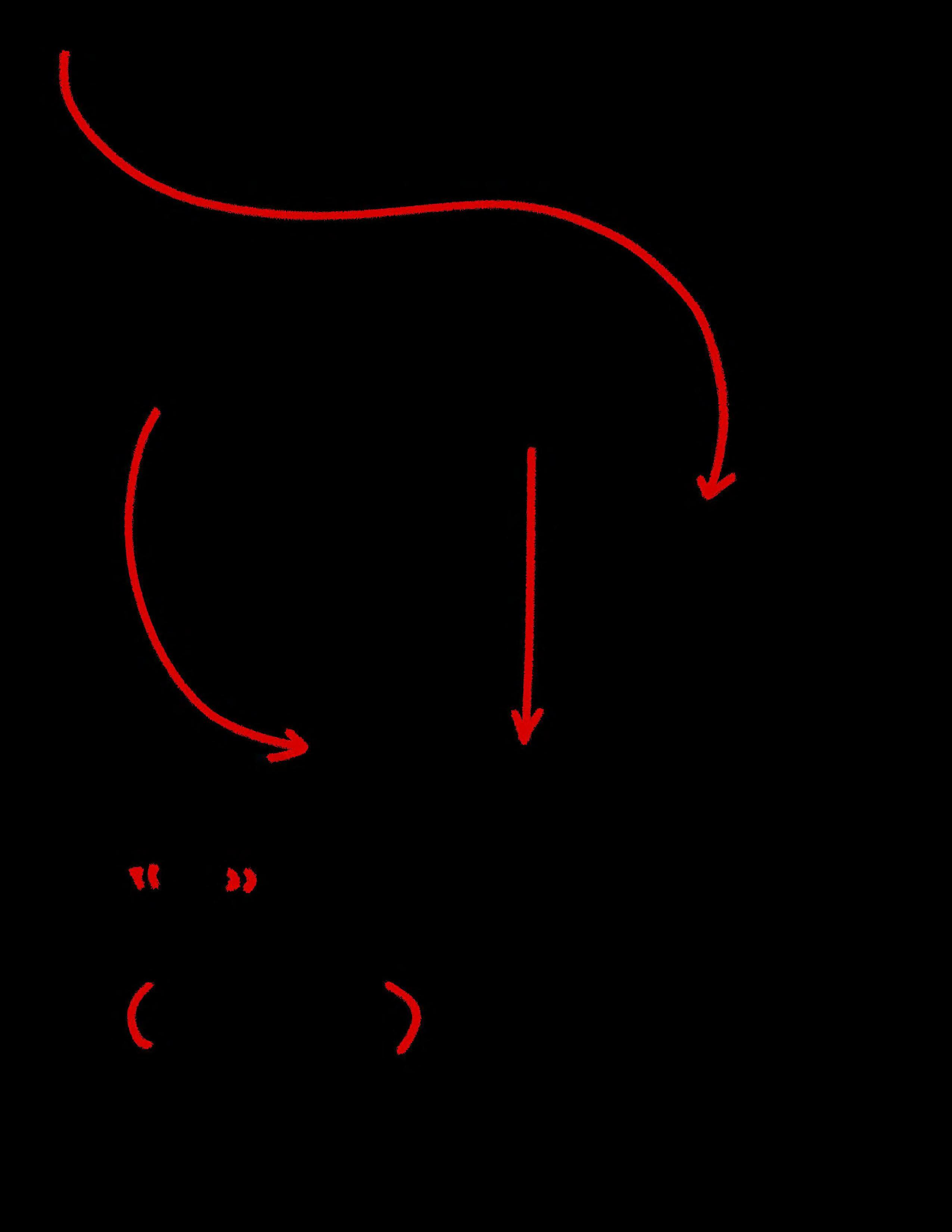






Pantry PROGRAM
Crafty elevates your food and beverage program with enhanced services managed in one innovative, centralized platform.

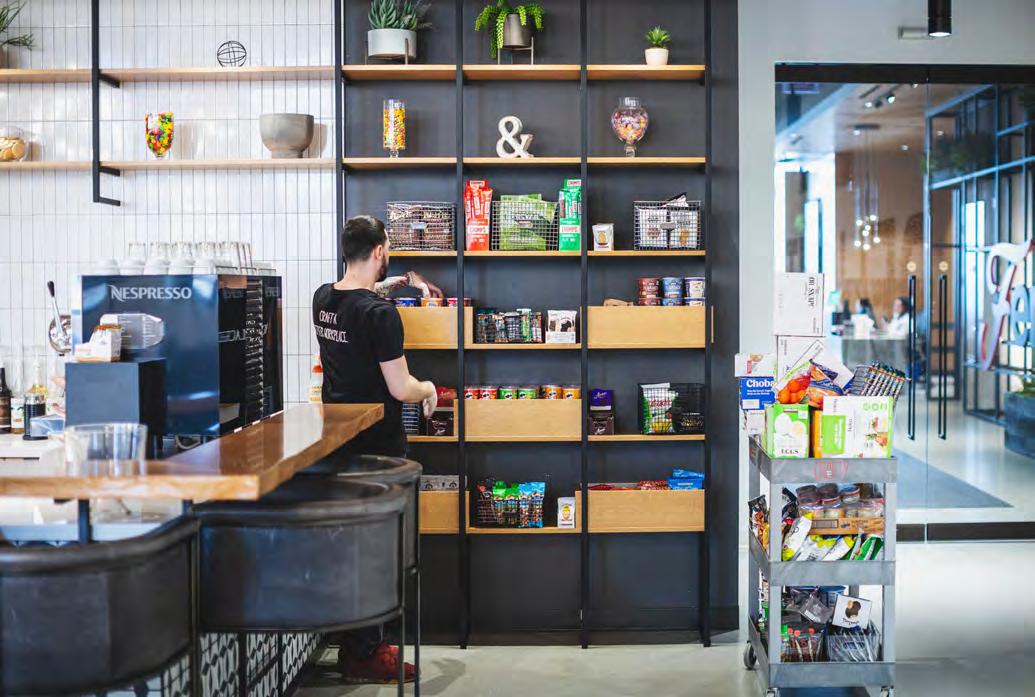
Catering AND MEALS
LEt’s chat
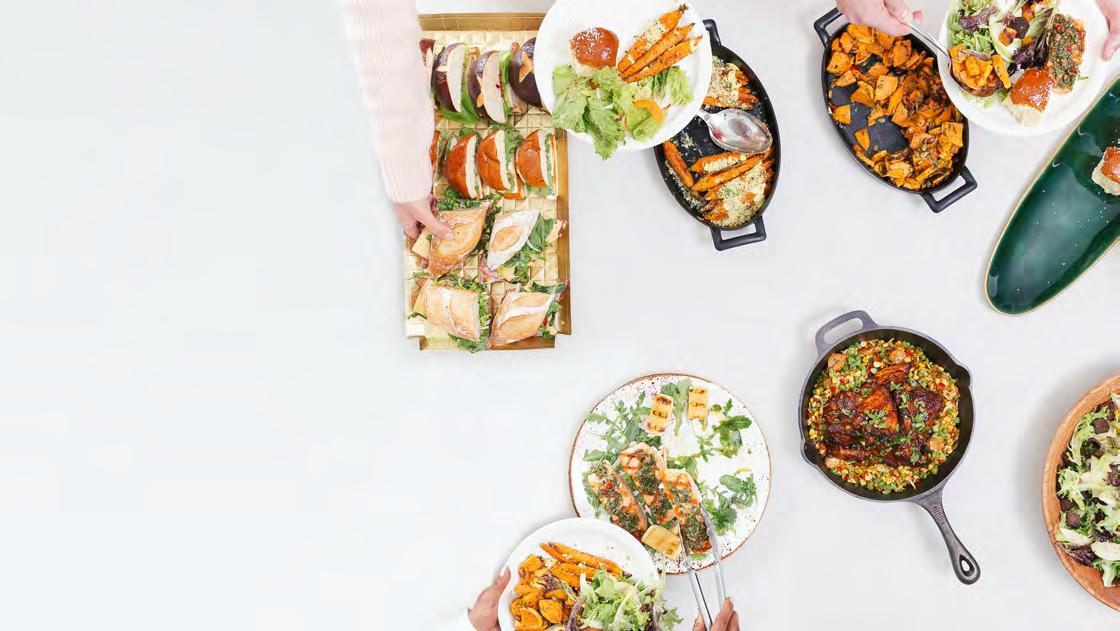
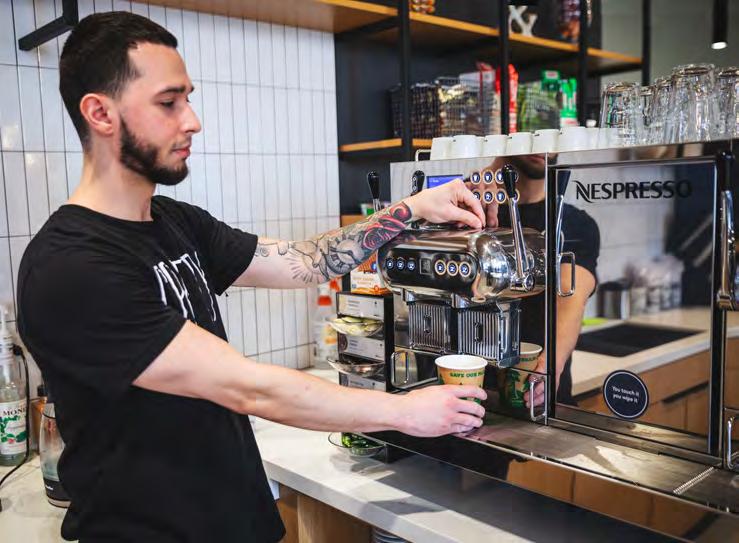





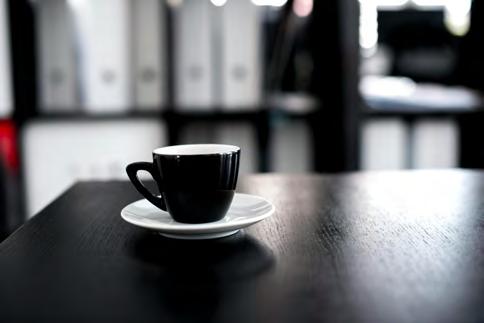
Café SERVICES Snack
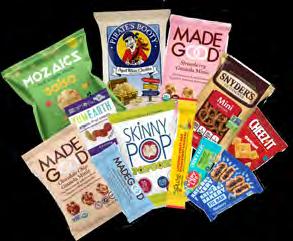

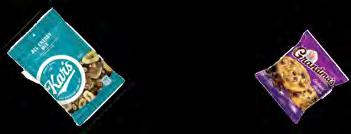


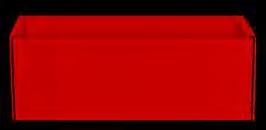





Crafty is an industry-leading food and beverage provider for top workplaces providing world-class program management powered inside one central platform. This innovative combination allows Crafty to deliver a tech-enabled food and beverage experience flexible to each company’s workplace strategy with service options tailored to enhance existing operations.
After decades of fragmented spending and lackluster execution, 120+ companies (and counting) have elevated and streamlined their F&B program with Crafty. Workplace teams lean on Crafty’s experts and tools to extend their bandwidth to craft better workplaces that foster a culture of productivity, connectivity and growth.

Before Crafty, 70% of time was spent managing the F&B program:
Excessive oversight and top-level management
Low standard and inconsistent execution
Gap in communication
Lack of solutions
After Crafty, that time has decreased to 15% due to the following reasons:
Empowers office leads with the tools to succeed
Easiest implementation without lingering issues
Proactive communication with valuable insights Full transparency with a suite of reporting tools
Crafty has had a record-setting year, acquiring customers across new verticals and expanding into new global territories. The company now manages more than 300 global client offices and serves more than 300,000 employees. Crafty also raised $10 million Series A led by Tribeca Venture Partners and won five top workplace awards, including a spot on USA Today’s 2024 Top Workplaces.
It’s time to craft a better workplace!
Contact us
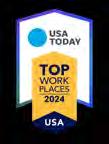


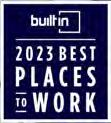


“The diverse group of people and backgrounds make this a really special place. I always feel heard and respected by leadership and welcomed by everyone in the office.”
Client Support Specialist Current Employee

Please don't share this book, content, imagery or any of this material without crediting Crafty and linking back to our website.
Disclaimer: Some employees or companies mentioned may not currently work with Crafty. Opinions expressed are Crafty’s own and may not necessarily reflect the views of Crafty clients or employees. Written and Designed by: Rebecca Ross Edited by: Amber Alston, Sarah Berger, and Nathan Rosenstock You’ve
